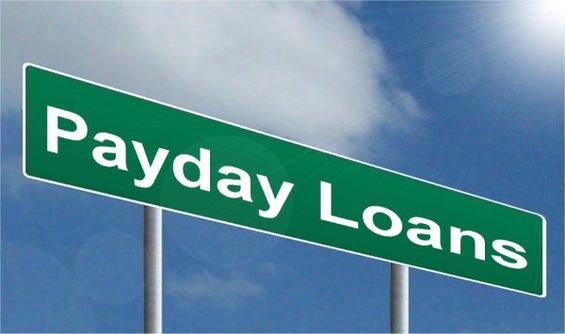Introduction
best payday loans uk are designed to provide quick access to cash for urgent expenses. However, their high costs can make them a risky financial solution. Examining a real-world example helps to illustrate the true cost of borrowing and the potential impact on a borrower’s finances. This case study highlights how interest rates, fees, and repayment schedules combine to affect affordability.
The Scenario
Consider a borrower, Sarah, who needs £500 to cover unexpected car repairs. She has a tight budget and a poor credit history, which limits her access to traditional credit products. Sarah decides to apply for a payday loan online from an FCA-authorised lender, choosing a repayment period of four weeks, which is typical for many short-term loans.
Loan Terms and Costs
Sarah’s chosen lender charges the maximum allowed under FCA rules:
- Daily interest: 0.8% of the borrowed amount.
- Default fee: £15 (if repayment is missed).
- Total repayment cap: no more than double the loan (£1,000 in extreme cases).
For her £500 loan over four weeks, the daily interest adds up as follows:
- Loan amount: £500
- Daily interest: 0.8% of £500 = £4 per day
- Loan term: 28 days (4 weeks)
- Total interest: £4 × 28 = £112
This means Sarah must repay £612 (£500 principal + £112 interest) if she pays on time.
Affordability Considerations
Before approving the loan, the lender conducts an affordability check. They assess Sarah’s income and monthly expenses, ensuring she can repay the £612 without undue hardship. This is a key protection introduced by the FCA to prevent borrowers from taking on debt they cannot afford. If Sarah’s budget is tight, the lender may reduce the loan amount or suggest alternatives.
What Happens if Repayment Is Missed
If Sarah fails to repay on the due date, the default fee of £15 is added, and interest may continue to accrue. For example, if she misses the repayment by one week:
- Default fee: £15
- Additional interest: £4 × 7 days = £28
- New total repayment: £612 + £15 + £28 = £655
This illustrates how quickly the cost of borrowing can escalate if repayments are delayed.
Comparing Costs to Alternatives
While £112 in interest for a four-week loan seems manageable in some cases, it is significantly higher than other credit options. For example:
- Credit union loans: Typically 10–20% APR for similar amounts.
- Bank overdrafts: Lower daily interest charges, depending on the account.
- Budgeting loans from councils or benefit advances: Often interest-free.
This comparison shows that payday loans are a high-cost solution best reserved for true emergencies.
Key Takeaways from the Case Study
- High Costs Add Up Quickly: Even a short-term loan can cost hundreds of pounds in interest if the borrowed amount is large.
- Affordability Checks Are Crucial: FCA rules protect borrowers like Sarah from taking on more than they can repay.
- Late Payments Compound Problems: Missing a repayment increases costs rapidly through default fees and additional interest.
- Consider Alternatives: Exploring lower-cost options before taking a payday loan can save money and reduce financial stress.
Conclusion
Sarah’s case illustrates both the convenience and the high cost of payday loans in the UK. While they provide fast access to cash, borrowers must carefully consider repayment ability, interest charges, and the risk of additional fees. Understanding the true cost of borrowing, as shown in this case study, helps consumers make informed decisions, avoid debt traps, and explore safer alternatives when short-term funds are needed.
